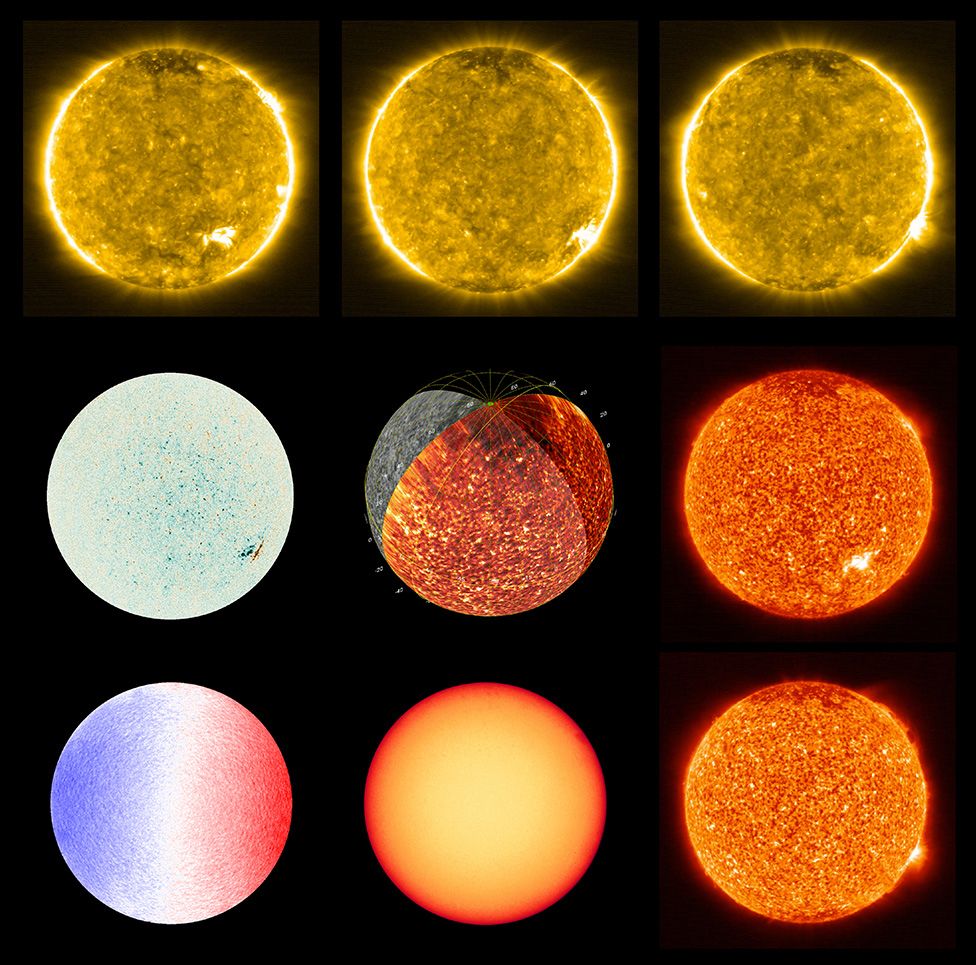The European Space Agency released images of the closest picture that has ever been taken of the Sun by the Solar Orbiter on Saturday. This mission was launched in February earlier this year.
It had completed its first close pass of the sun in June where it flew as close as 48 million miles near the sun with a minimum of 10 instruments to click the closest of the Sun.
Among the various insights, tiny flares have been found from these pictures. Scientists have dubbed these as “campfires”. The mechanisms that drive these miniature versions of giant flares present in the Sun are unclear.
“The Sun has a relatively cool surface of about 5,500 degrees and is surrounded by a super-hot atmosphere of more than a million degrees,” explained ESA project scientist Daniel Müller. “There’s a theory put forward by the great US physicist Eugene Parker, who conjectured that if you should have a vast number of tiny flares this might account for an omnipresent heating mechanism that could make the corona hot.” Whatever their role, the campfires are certainly small – which may explain why they’ve been missed up to this point, says David Berghmans, from the Royal Observatory of Belgium and the principal investigator on the probe’s Extreme Ultraviolet Imager (EUI).
The Solar Orbiter also has the Polarimetric Helioseismic Imager that makes high resolution measurements of magnetic field lines and monitors active regions on the Sun which can give rise to solar flares.
The European Space Agency (ESA) satellite was despatched on a rocket from Cape Canaveral in the US in February. Its mission is to reveal the secrets of our star’s dynamic behaviour, reported the BBC.
Source: ANI

